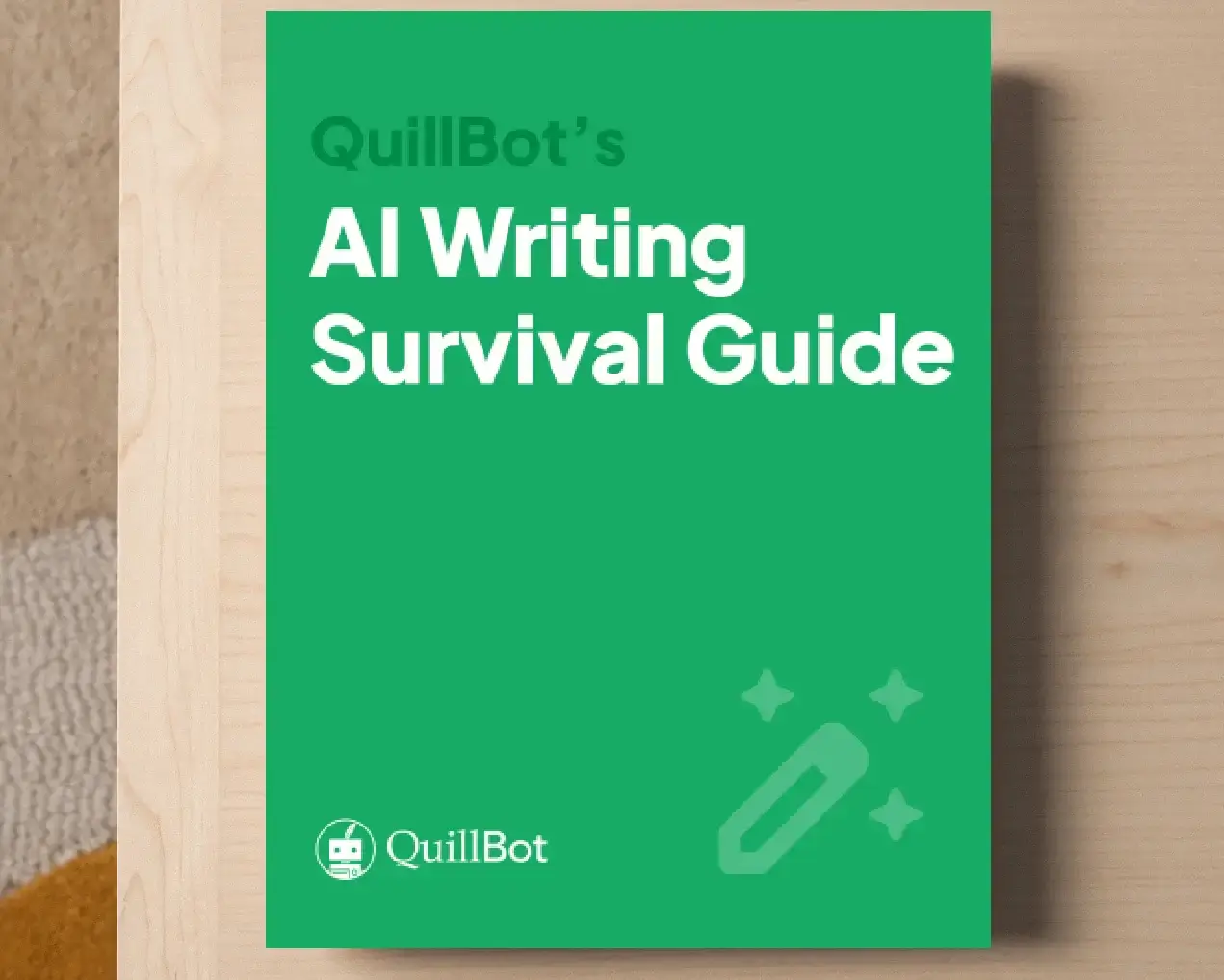Third-Person POV Explained |Types & Examples
A third-person point of view is when the narrator stands outside the story and refers to the characters by name or with pronouns like “he,” “she,” or “they.” This perspective offers a broader view of events, since the narrator knows what different characters think and feel. A third-person point of view can be limited or omniscient, depending on how much of this knowledge the author wishes to relate to the reader.
What is third-person point of view?
Point of view determines how the reader experiences the story. In the third-person point of view, the narrator is not part of the story, and the characters are unaware of their presence. The narrator can follow any character to any place and has access to their inner thoughts and feelings.
Unlike first-person point of view, where the story is told from the perspective of a single character (“I didn’t sleep well that night”), third-person narration is more like the eye of a camera: it can zoom in closely to show a character’s emotions or step back to capture a broader scene.
For example, in a close-up view, the narration could shift to “Maria lay awake, replaying every word of their argument in her head.” In a wider view, the narrator might say, “Across town, the streets were quiet, and most windows were dark.”
How the narrator chooses to focus depends on the author’s goals and the type of story being told.
Types of third-person point of view
Third-person narration can take different forms, depending on how close the narrator gets to the characters’ thoughts and experiences. The three main types are:
- Third-person limited
- Third-person omniscient
- Third-person objective (or dramatic)
Third-person limited
In third-person limited, the narrator follows one character closely, sharing only that character’s experiences, thoughts, and emotions; they don’t have access to other characters’ thoughts and motivations. Readers experience the story through this character’s lens, discovering events and information alongside them, which can build suspense and deepen engagement—all while maintaining third-person language.
| Third-person limited (Sara’s perspective)
“Hurry up,” Alex said, checking his watch. Sara quickened her pace, annoyed that he was rushing her. She mentally scanned her bag: wallet, tickets, phone—all there. The train might leave any minute, and she didn’t want to be stranded. She kept close to Alex, trying to match his speed while making sure she had everything she needed. Across the platform, she noticed a man standing alone by the railing, glancing at the crowd, but she didn’t think much of him, focused entirely on getting to the train in time. |
Third-person limited (Alex’s perspective)
“Hurry up,” Alex said, checking his watch. He was growing frustrated that Sara was moving so slowly. She kept scanning her bag and seemed distracted, and he worried they might miss the train. He noticed a man standing alone by the railing on the platform, but didn’t pay much attention, focused instead on keeping Sara moving and making sure they stayed on schedule. |
The author can describe things the character observes but doesn’t necessarily interpret fully, or events outside their immediate awareness, but only to the extent that it stays believable through the character’s viewpoint.
Third-person omniscient
“Omniscient” means “all-knowing,” so an omniscient narrator has a godlike view of the story. This narrator knows everything about the plot and characters—their actions, thoughts, and feelings—and can move freely between them while keeping a consistent narrative voice. This means the tone and style of writing remain the same, no matter whose perspective is being described.
This point of view creates some narrative distance from individual characters, allowing the author to interpret events, offer commentary, and reveal the wider context of the story beyond any one character’s experience.
Third-person objective
In third-person objective (or dramatic), the narrator reports only what can be seen and heard, without access to any character’s thoughts, feelings, or motivations. The story is presented from a neutral, “fly-on-the-wall” perspective, letting readers interpret emotions and intentions through actions, dialogue, and body language.
This point of view emphasizes showing rather than telling, creating detachment, and sometimes building suspense, since readers see only what can be observed externally. Unlike third-person limited, they do not access any character’s thoughts or feelings, experiencing events solely through actions, dialogue, and appearances.
Third-person point of view examples in literature
Third-person point of view can take different forms in literature. It can follow a single character closely, shift freely between multiple characters, or simply report observable actions without revealing anyone’s inner thoughts.
Authors choose the type of third-person narration to control how much readers know about characters’ thoughts, feelings, and motivations.
The Hunger Games by Suzanne Collins is written in third-person limited. The story is seen through Katniss Everdeen’s perspective, so readers experience events as she does, without access to other characters’ inner thoughts.
Middlemarch by George Eliot is written in third-person omniscient. The main characters are Dorothea, an idealistic young woman eager to improve the world around her, and Lydgate, an ambitious doctor navigating his career and personal relationships.
Hills Like White Elephants by Ernest Hemingway is written in third-person objective. The story follows an American man and a woman waiting at a train station, but the narrator does not reveal either character’s inner thoughts or emotions.
Frequently asked questions about third-person point of view
- What is a limited point of view?
-
A limited point of view, often found in literature or film, usually describes a narrator who has limited knowledge of the action being described.
A first-person narrator is an example of a limited point of view, as the reader or viewer only knows what the character in question knows.
Often, even a third-person narrator will offer a limited point of view, depending on what the author’s intentions and needs are.
If you want to make sure your own writing is grammatically correct, try the free QuillBot Grammar Checker.
- What is an omniscient narrator?
-
An omniscient narrator knows everything happening in a story, including the actions, thoughts, and feelings of all characters. The term comes from the Latin omni- (“everything”) and scientus (“knowledge”).
While first-person point of view gives readers access to only one character’s perspective, and second-person point of view addresses the reader as “you,” an omniscient narrator—usually in third-person point of view—can share multiple characters’ inner thoughts and provide a complete picture of the story world.
You can use QuillBot’s Paraphraser to find new ways of saying “omniscient narrator” (or anything else!)
- What is the difference between first- and third-person point of view?
-
There are several key differences between first- and third-person point of view, and understanding them helps readers follow how a story is told.
First-person point of view uses “I,” “me,” or “we,” so the story is told directly through one character’s eyes. Readers experience events, thoughts, and feelings as that character experiences them.
Third-person point of view uses “he,” “she,” or “they.” The narrator can focus on a single character (third-person limited) or follow multiple characters (third-person omniscient), providing a wider view of the story and events.
In short, first-person shows the story through one character’s personal perspective, while third-person provides a broader, more flexible view of the story world.
If you’re writing a story in the first- or third-person point of view, you can use QuillBot’s Grammar Checker to make sure your narration stays consistent and error-free.
- Which words does third-person point of view use?
-
A third-person point of view refers to characters by name or using pronouns such as “he,” “she,” “they,” and sometimes “him” or “her.” Unlike first-person narration (“I” or “we”), the narrator is external to the story, describing events and character actions from an outside perspective.
If you have more questions about using third-person point of view in your writing, you can explore QuillBot’s AI Chat to get guidance, examples, and tips tailored to your text.
- What’s the difference between third-person omniscient and third-person limited?
-
In third-person omniscient point of view, the narrator knows everything about all characters and events—even their private thoughts and unseen actions. In third-person limited, the story sticks closely to one character’s perspective at a time, revealing only what that character knows or experiences.
If you’re unsure which point of view fits your story best, you can use QuillBot’s AI Chat to explore examples and get feedback on your writing choices.
Cite this Quillbot article
We encourage the use of reliable sources in all types of writing. You can copy and paste the citation or click the "Cite this article" button to automatically add it to our free Citation Generator.
Nikolopoulou, K. (2025, November 28). Third-Person POV Explained |Types & Examples. Quillbot. Retrieved December 27, 2025, from https://quillbot.com/blog/creative-writing/what-is-third-person-point-of-view/

